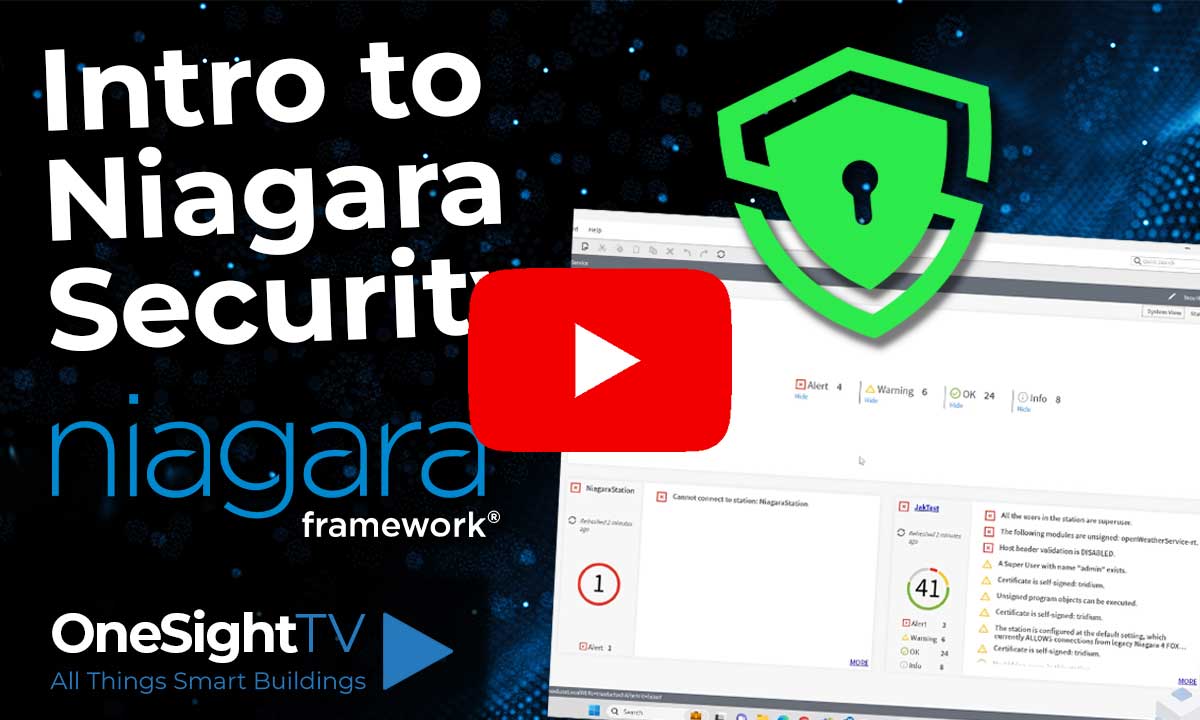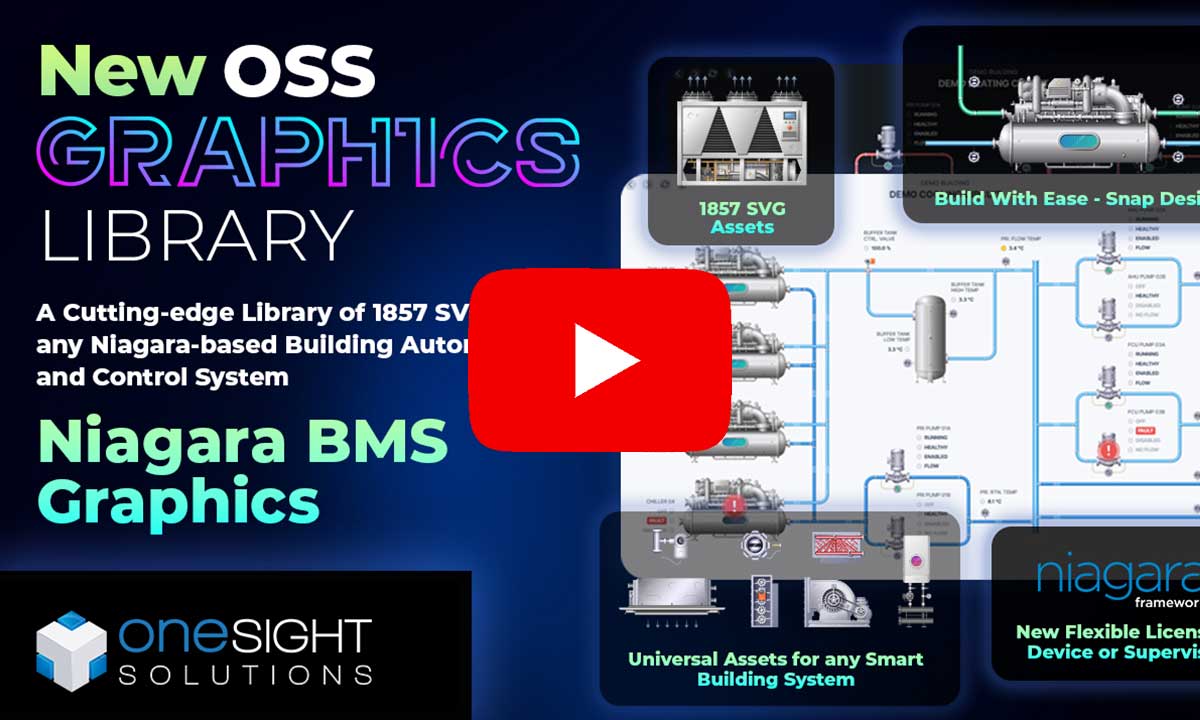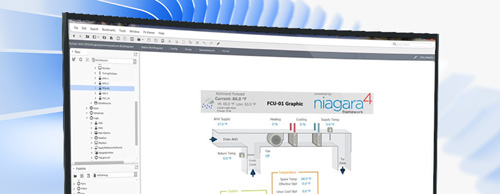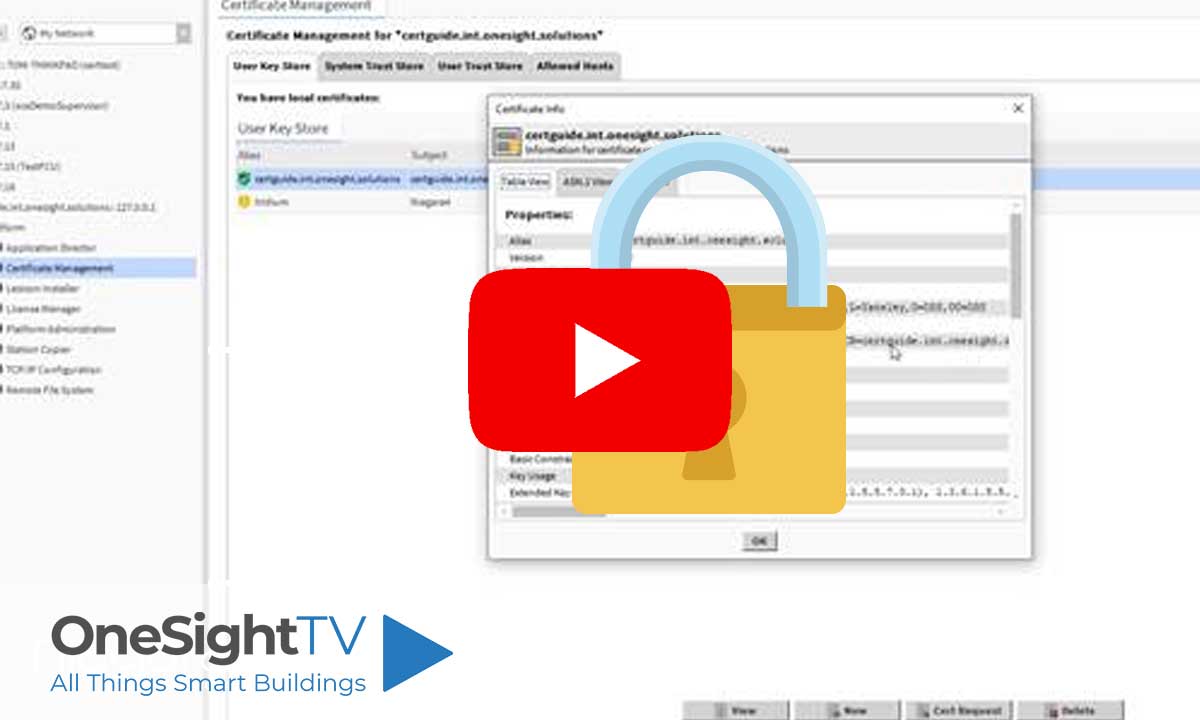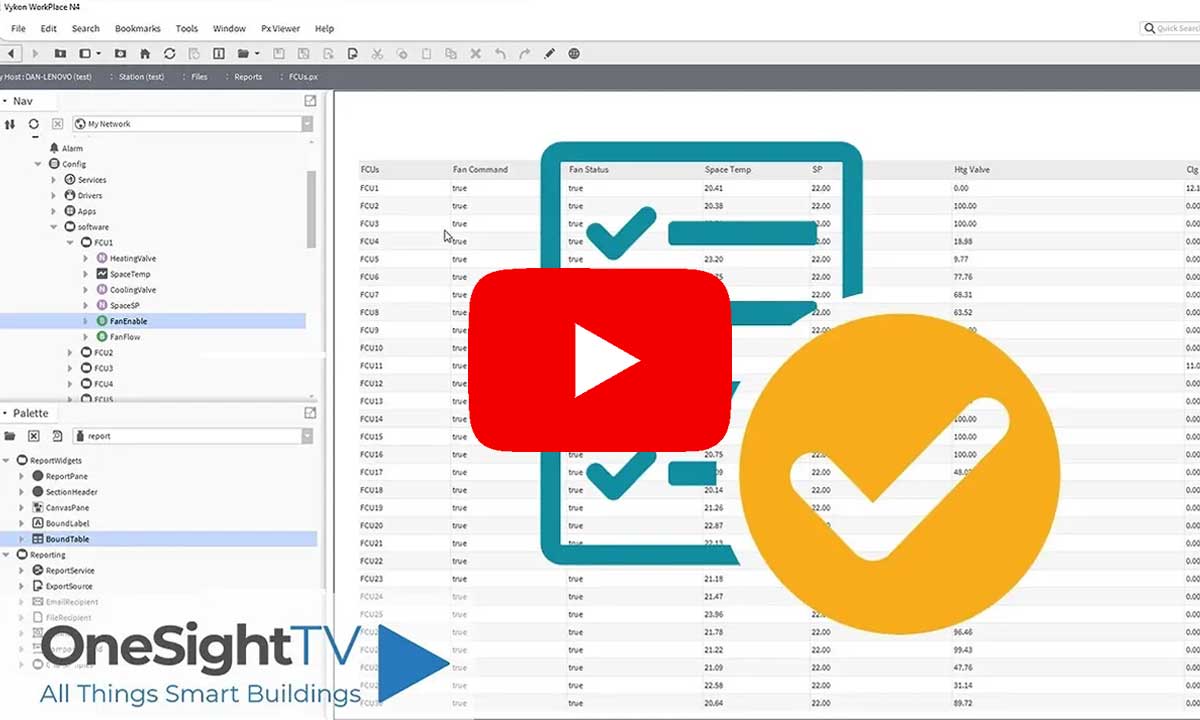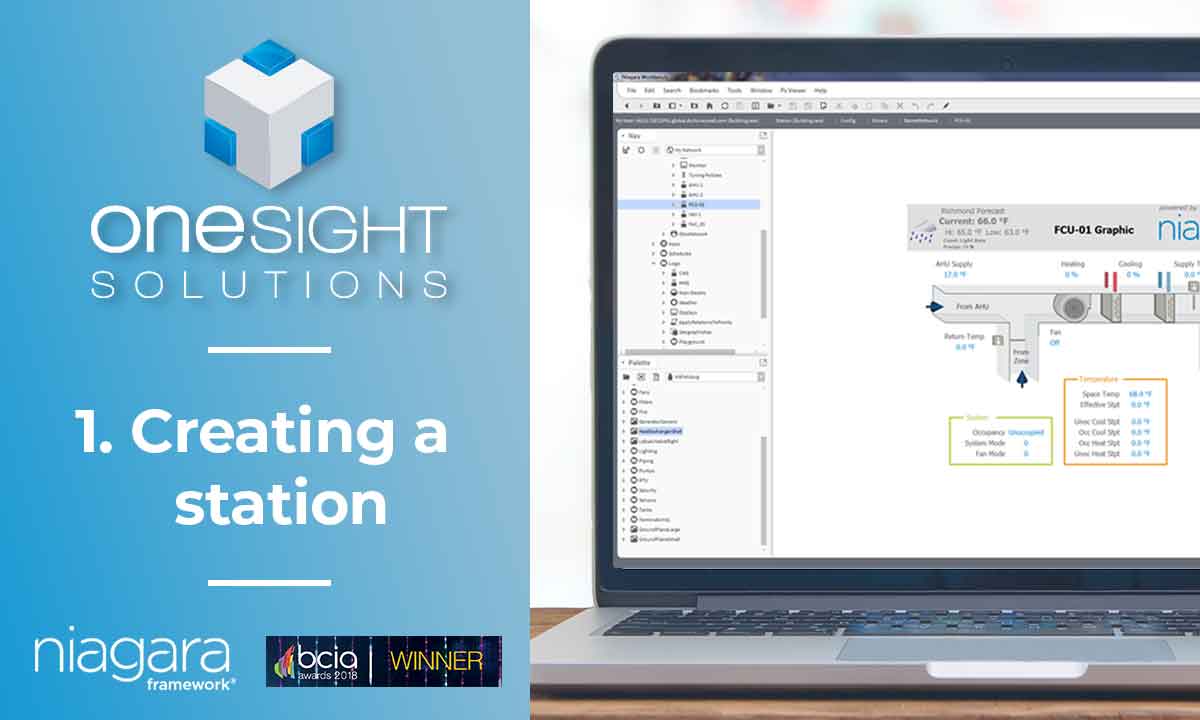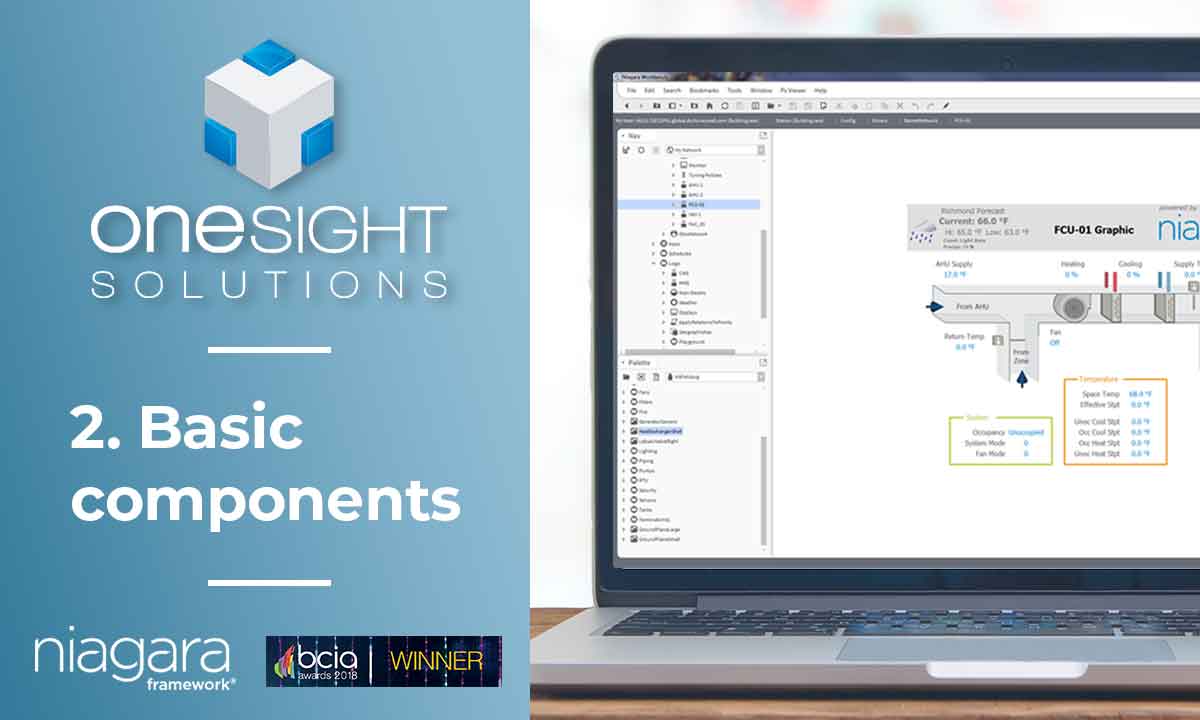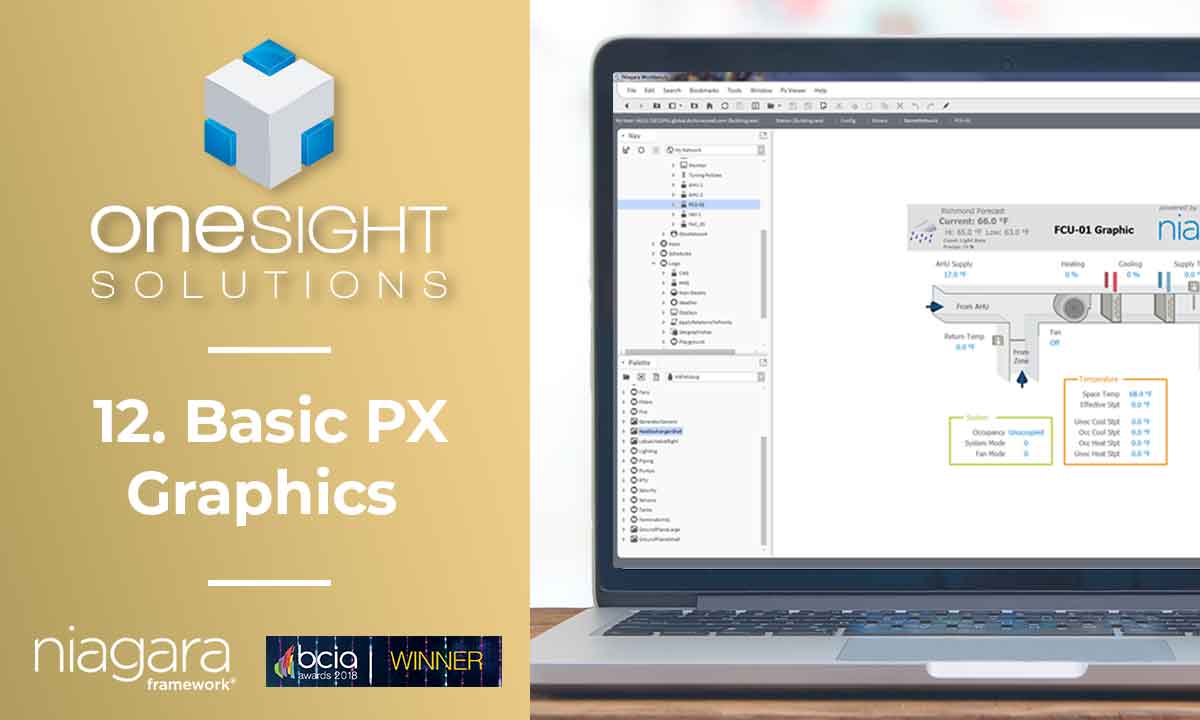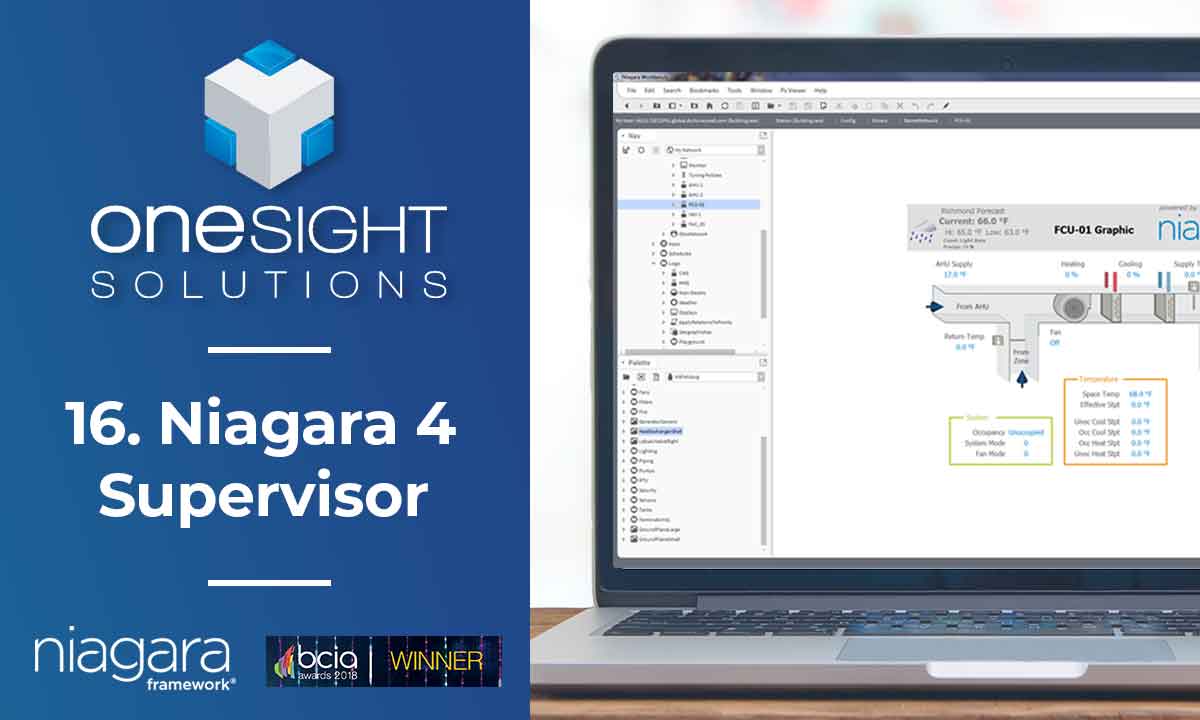
Learn how to build and integrate powerful Smart Building and BMS projects, Access hardware documentation, feature support, tutorials, and more. Created by multi-BCIA Award-winners.
Categories
HowTo: Increase Tridium Niagara 4 Supervisor Station Memory
This guide explains how to increase the maximum heap memory available to a station running on a Niagara 4 supervisor. This is a common question received through our support desk, and it is something we have frequently done while deploying N4 supervisors to various sites.
The Niagara Runtime Environment (NRE) is the allocated space for the proper operation of Niagara. If this space is exceeded, it can lead to system instability, causing lock-ups or crashes.
IMPORTANT: The process outlined above needs to be repeated in the following directories.
Ensure that the nre.properties file is replaced under the specified directories:
Local Disk (C:) > Niagara > Your version of Niagara > Daemon User Home > ETC Folder > nre.properties: Edit this file following the instructions provided.
Local Disk (C:) > Niagara > Your version of Niagara > Workbench User Home > ETC Folder > nre.properties: Edit this file following the instructions provided.
To ensure that the process is completed thoroughly, you can also take the following step: Go to Windows Services > Niagara Service > Restart the service (as an additional measure).”
Step 1: Connect to your supervisor platform and ensure that any running stations are stopped. Close Workbench and navigate to the default Niagara installation directory on your local disk. The path is typically: C:\Niagara\Niagara-{version}\Defaults\nre.properties
Please note that if the folder appears empty on a fresh installation, simply run a station to compile the necessary folder structure.”
Step 2: Select the NRE.properties file. Since this file is read-protected, it is recommended to copy the file to the desktop for easier editing. Once copied, right-click on the file and choose ‘Edit’ to open it. (Remember to copy it back after completing the process.)
This folder contains the launch options for the Java Virtual Machine.
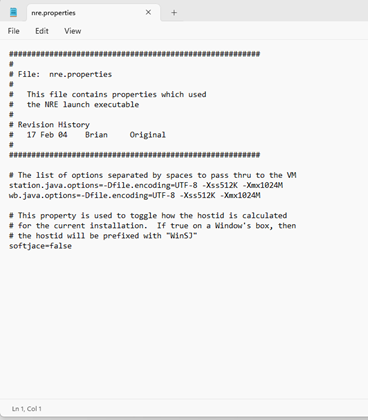
Step 3: In the NRE.properties file, you will find separate configurations for the station and Workbench. Look for the maximum heap value (Xmx number) specifically for the station.

By default, in version 4.12.1.16, it is set to around 1024MB.
This is the line you need to modify.
It’s important to note that increasing the maximum heap value to match the machine’s physical memory entirely can lead to potential issues. It is recommended to increase the capacity by 25% of the total available RAM on the PC or server. For instance, if you have 16GB of RAM available, allocate 4GB to NRE.
To determine the appropriate memory increase, check the resource manager within the station to see the current usage (with some headroom).
If you want to allocate 3GB of space, enter 3072 in the XMX slot.
For example: Xmx3072M
1GB = 1024MB
2GB = 2048MB
3GB = 3072MB
4GB = 4096MB
8GB = 8192MB
Watch the video tutorial here:
Popular Support Guides
Popular Support Videos on One SightTV
Tridium Niagara 4 Video Training
Access the Industry’s Best Technical Support
Unlock Exclusive Benefits with our Niagara Partner Program including Priority Tech Support
![]() Priority Technical Support with the Diamond Tier of our Partner Program
Priority Technical Support with the Diamond Tier of our Partner Program
![]() The widest range of Niagara Portability Products on the market, all in one place
The widest range of Niagara Portability Products on the market, all in one place
![]() Up to 5x Free Training Days for your organisation from our multi-award winning course offerings
Up to 5x Free Training Days for your organisation from our multi-award winning course offerings
![]() Unlimited access to all of our OSS Niagara 4 Drivers for Project use with our Diamond Tier
Unlimited access to all of our OSS Niagara 4 Drivers for Project use with our Diamond Tier

 Supercharge your Niagara 4 Projects with OSS Drivers
Supercharge your Niagara 4 Projects with OSS Drivers
Access all 11x of our OSS Niagara 4 Drivers for Free on your Demo Station
![]() ossEasyAPI: Integrate unlimited API’s into Niagara 4
ossEasyAPI: Integrate unlimited API’s into Niagara 4
![]() ossEasyHistoryExport: Quickly export your Niagara 4 meter data into a CSV
ossEasyHistoryExport: Quickly export your Niagara 4 meter data into a CSV
![]() ossFTP: Push files or folders from Niagara to a FTP/SFTP server
ossFTP: Push files or folders from Niagara to a FTP/SFTP server
![]() ossStationBackup: Automate scheduled backups of your Niagara Supervisor station
ossStationBackup: Automate scheduled backups of your Niagara Supervisor station
![]() ossEasyMQTT: Interface with any MQTT Broker with no point limitations
ossEasyMQTT: Interface with any MQTT Broker with no point limitations
![]() ossRestAPIServer: Provides a HTTP REST API Server running on Niagara 4
ossRestAPIServer: Provides a HTTP REST API Server running on Niagara 4
![]() ossChirpManager: Seamless integration between a Chirpstack and Niagara system
ossChirpManager: Seamless integration between a Chirpstack and Niagara system
![]() ossBatchFacets: Easily search, filter and multi-select points for bulk facet changes
ossBatchFacets: Easily search, filter and multi-select points for bulk facet changes
![]() ossTeltonikaSMS: Receive SMS Niagara alarms via a Teltonika router
ossTeltonikaSMS: Receive SMS Niagara alarms via a Teltonika router
![]() ossWebhook: Configure unlimited webhook points that receive data from parties
ossWebhook: Configure unlimited webhook points that receive data from parties
![]() ossTeamsTools: Push your Niagara alarms to any Microsoft Teams channel
ossTeamsTools: Push your Niagara alarms to any Microsoft Teams channel

 Niagara BMS Graphics made Easy with ossGraphicsLibrary
Niagara BMS Graphics made Easy with ossGraphicsLibrary
1857 High Quality BMS SVG’s, with seamless drag-n-drop Design for Rapid Configuration
![]() 1857 Universal SVG Assets: State-of-the-art, cross-compatible assets delivering consistant quality at any scale
1857 Universal SVG Assets: State-of-the-art, cross-compatible assets delivering consistant quality at any scale
![]() 240+ Animated Assets: Including motion sequences and dynamic real-time data responses
240+ Animated Assets: Including motion sequences and dynamic real-time data responses
![]() Building with Ease: Simple drag-n-drop elements, with seamless snap building and alignment across all assets
Building with Ease: Simple drag-n-drop elements, with seamless snap building and alignment across all assets
![]() Pre-configured Templates: Over 125 pre-made and configurable templates, saving you up to 25% engineering time
Pre-configured Templates: Over 125 pre-made and configurable templates, saving you up to 25% engineering time
![]() Flexible Licensing: Available to purchase and license per device, or supervisor, giving you bespoke scalability
Flexible Licensing: Available to purchase and license per device, or supervisor, giving you bespoke scalability
![]() Compatible with any Niagara-based System: Including Tridium, Trend, Honeywell, CentraLine, Distech, & Johnson
Compatible with any Niagara-based System: Including Tridium, Trend, Honeywell, CentraLine, Distech, & Johnson
![]() Standardised & Exquisite UI: Delivering a standardised visual across all pages, easily accessible to users & clients
Standardised & Exquisite UI: Delivering a standardised visual across all pages, easily accessible to users & clients
Explore the full range of Assets and Watch the Video


